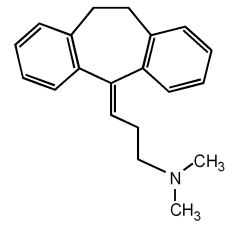I am aware that loss of feeling is a common problem with people with diabetes, but what about increased sensitivity?
The tops of my toes on my left foot are so sensitive I can't stand to have any covering on them, even the softest cotton stockings. When I am barefoot, walking on a soft rug feels like I am walking on gravel.
Is this common among people with diabetes? And is there a way it can be treated?
Margo M. Jacobson
Via the Internet
Neil M. Scheffler, DPM, FACFAS, responds: What you are describing is not at all unusual. Diabetic neuropathy, which is what causes the loss of feeling in many people with diabetes, may also bring about an increase in sensation. This increase in sensation is called "hyperesthesia." When the sensations are painful we may use the term "allodynia."
We find that the pain may decrease considerably over time, and eventually the loss of sensation may take over. This process, however, is unpredictable. Certainly no one wants to be in pain while waiting. Your podiatrist, physiatrist, or neurologist should be able to help.
Tight control of your blood glucose is your first course of action. However, there are many treatments for painful diabetic neuropathy as well. Of course tight control of your blood glucose is important. Some topical preparations that contain capsaicin (Axsain or Zostrix) may be useful. Oral medications used for seizures (Neurontin, gabapentin) or for depression (amitriptyline) are also commonly prescribed. Anti-inflammatory drugs (NSAIDs) as well as narcotic and non-narcotic pain relievers are also possibilities. Nutritional supplements that have been reported to help include gamma-linolenic acid (GLA) and alpha-lipoic acid (ALA). Acupuncture sometimes is useful as well. You may need to try several treatments before your find the one that works best for you.
Having chronic pain can be depressing. It is important to find a doctor who is willing to work with you and help find the right treatment for you. Don't give up.
COPYRIGHT 2005 American Diabetes Association
COPYRIGHT 2005 Gale Group



